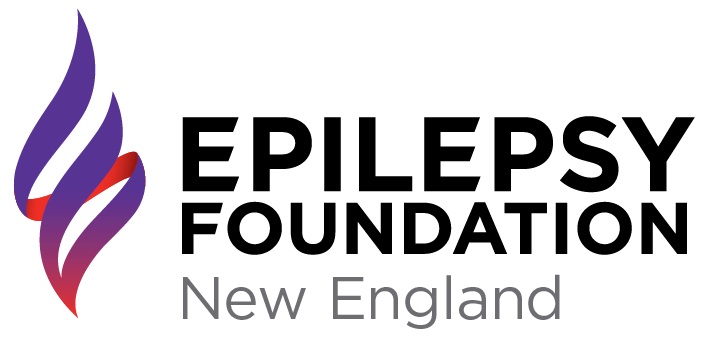Types Of Seizures
Febrile Seizures
Febrile Seizures are typically experienced by children aged 3 months to 6 years, who may have tonic-clonic seizures when they have a high fever. Although not generally associated with any underlying health issue, febrile seizures are more likely to occur if there is a family history of febrile seizures.
Most children who experience febrile seizures do not require daily treatment with medication. Among children who have their first febrile seizure before their first birthday, half will have at least one more seizure. In general, the long-term outlook for children who experience febrile seizures is excellent.
Who gets febrile seizures?
Children aged 3 months to 5 or 6 years may have tonic-clonic seizures when they have a high fever. These are called febrile seizures (pronounced FEB-rile) and occur in 2% to 5% of all children. There is a slight tendency for them to run in families. If a child's parents, brothers or sisters, or other close relatives have had febrile seizures, the child is a bit more likely to have them. Sometimes the seizure comes "out of the blue." A fever may begin silently in a previously healthy child and a seizure can be the first sign that alerts the family that the child is ill.
How are febrile seizures treated?
Febrile seizures cannot be prevented by giving the child lukewarm baths, applying cool cloths to the child's head or body, or using fever-reducing medications such as acetaminophen (Tylenol) or ibuprofen (Advil, Motrin). Doing these things may make a feverish child feel better, but they do not prevent febrile seizures.
During a seizure, place the child on his or her side on a protected surface and observe carefully. Keep track of the time, and if the seizure lasts longer than 5 minutes, call 911 or take the child to an emergency facility if you can do so safely.
Most children who have febrile seizures do not require daily treatment with seizure medicines. Some children who have repeated episodes of multiple febrile seizures are treated with medication to reduces the risk of having more seizures.
Children who have had unusually long febrile seizures and children who live in a remote area with poor access to medical care may also be considered for treatment with medication.
Rarely, some children with prolonged febrile seizures or frequent episodes of febrile seizures are treated prophylactically.
Other medications can be given at the time of a febrile seizure:
- Diastat (diazepam) gel or liquid diazepam can be given by rectum
- Klonopin (clonazepam) wafers can be placed on the tongue or a tablet form of diazepam or lorazepam can be crushed and put between the cheek and the gum.
- Giving the child diazepam/valium when illness or fever begins can reduce the risk of recurrent febrile seizures. To prevent one febrile seizure in this way, however, 14 other children who were never destined to have another febrile seizure will also be treated. Thirty percent of children treated with Valium have troublesome side effects such as sleepiness, irritability, and poor coordination that may last for several days.
What's the outlook?
Among children who have their first febrile seizure before their first birthday, half will have at least one more. Among children who are older than 1 year when the first seizure occurs, about 1 in 4 will have more. The long-term outlook is excellent, however. The vast majority of children with febrile seizures do not have seizures without fever after age 5.
Risk factors for later epilepsy include:
- Abnormal development before the febrile seizure.
- Complex febrile seizures: These are defined as seizures that last longer than 15 minutes, more than one seizure in 24 hours, or seizures in which only one side of the body is affected.
- Seizures without fever in a parent or a brother or sister.
If the child has none of these risk factors, the chances of later epilepsy are just about the same as for any other child. Children with one of these risk factors, have a 2.5% (1 in 40) chance of later epilepsy. Those with two or three risk factors, have a risk of later epilepsy that ranges from 5% (1 in 20) to over 10%.
In rare cases, febrile seizures that last more than 30 minutes may cause scar tissue in the temporal lobe of the brain. In some of these patients, chronic epilepsy develops, which often can be effectively treated.

The Epilepsy Foundation New England is here to serve and assist the epilepsy community. We partner with the Epilepsy Foundation of America to provide access to information, resources, and support for our constituents.
